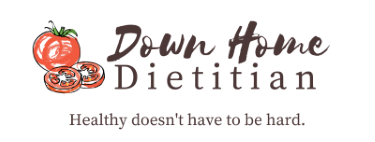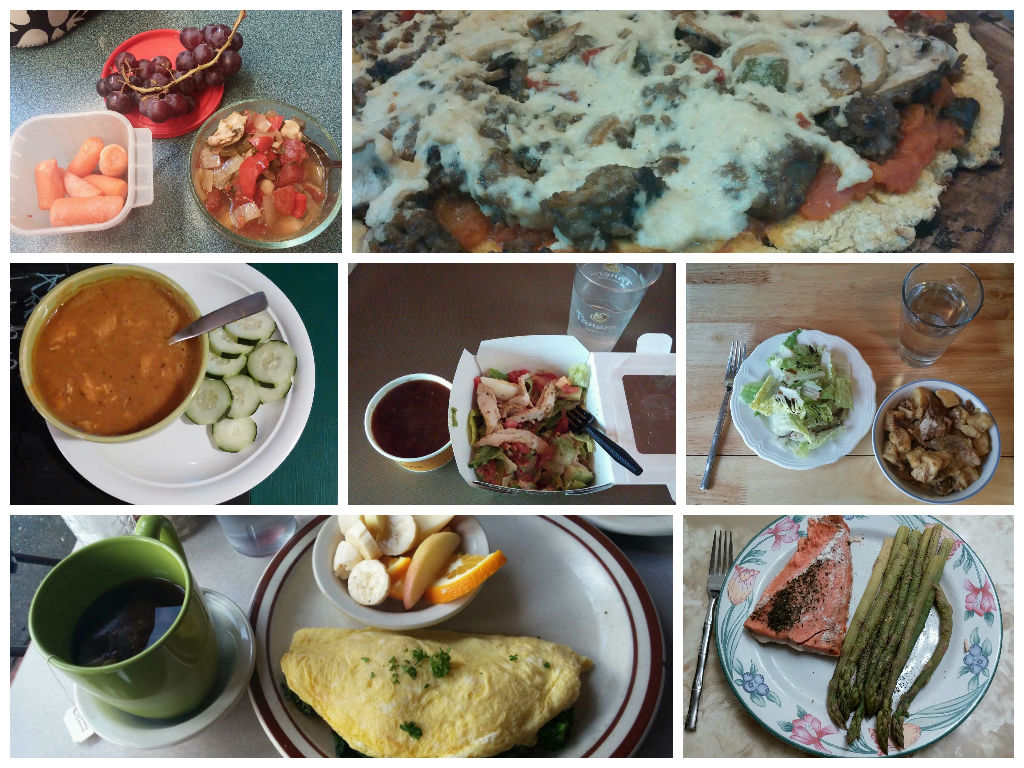
Picture from againsthighcholesterol.com
Normally I love to use legumes (beans, peas, lentils, peanuts) as fiber and protein sources in my diet, so I got to wondering why it is that legumes are not allowed on the paleo diet. Honestly, I have no clue how they were introduced into our diets in the first place and thus no clue whether the hunter-gatherers would have had any or not. So I set off to do some research and found an article entitled “Why No Grains and Legumes?” on a paleo blog (eureka!).
So the author was claiming that legumes are out on paleo for a variety of reasons, one of them being their lectin content. I had never heard tell of such thing so of course, further research ensued. Come to find out lectins are proteins that hang out on the outside of plant and animal cells and bind carbohydrates. They just so happen to be found on legumes, particularly beans, as well as wheat, potatoes, and some other foods. It seems that one of their purposes is to prevent insects and critters from eating the plants. The lectins are actually toxic and they cause hemagglutination – which is a fancy word for “they make blood cells stick together.” When animals are fed raw bean diets, they develop lesions, fatty livers, and digestive/absorptive problems among other appetizing maladies. Other researchers have suggested possible (though not proven, as far as I can tell) links between lectins and diseases such as diabetes and rheumatoid arthritis. Now I’m thinking, “What the heck? Why have I never heard about this before?”
Well most likely that is because according to the Cornell University agricultural website, wet cooking methods including soaking coupled with adequate boiling are sufficient to eliminate the toxicity of most of the lectins and render them safe for human consumption. Several paleo blogs I found, however, disagree that cooking eliminates all of the harmful potential of these little proteins.
What I find interesting (aside from all the disagreement) is that it seems these foods are not being eliminated from the paleo diet because the hunter-gatherers didn’t eat them, but rather because of these lectins. Since that is what I understand to be the premise of the paleo diet in the first place, the elimination of foods such as beans and potatoes seems beyond the scope of the diet itself. In fact, according to the Wikipedia page “Bean” (I know, we’re using big-time science here), beans have been around since 7th millenium BC. On top of that, the “Paleolithic” Wikipedia page says that we suspect humans in the Paleolithic era ate a substantial amount of tubers. Potatoes are tubers. So, I’m not exactly sure how the “paleo diet” crew latched on to the elimination of potatoes and legumes, but nonetheless, lectins have proven to be an interesting topic of research. I tend to agree with the following statement, courtesy of my fiance: “I’m pretty sure the cavemen ate whatever they could get their hands on. If they found some good eats they probably didn’t pass them up because of their lectin content.”
I gotta tell ya, this is the kind of stuff that makes being in the health field so difficult. Everybody is always saying something different from the next and unfortunately even well-done research is not perfect. We have to do the best we can with what we have and press on to the next topic. If you know anything more about lectins that you’d like to share, be sure to let me know in the comments!
References:
http://www.ansci.cornell.edu/plants/toxicagents/lectins.html
http://www.ncbi.nlm.nih.gov/books/NBK22545/
http://www.ncbi.nlm.nih.gov/pmc/articles/PMC1115436/









